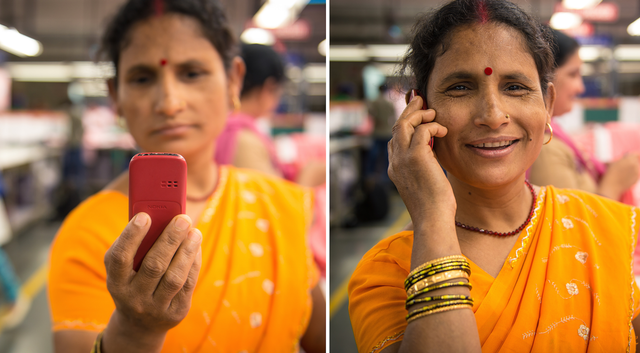Practical Insights on How To Guide

How to deploy ICT4D projects in LMICs?
Learn how to implement ICT4D projects in developing countries with lessons learned from leading digital development practitioners condensed into “How To Guides.” These step-by-step instructions will guide you to successful and sustainable digital solutions in health, education, agriculture, and economic development.
How to Guides for ICT4D projects can be a valuable resource for humanitarian organizations looking to improve their efforts in four ways:
- Providing guidance and best practices: “How-to guides” can offer detailed instructions and best practices for implementing ICT4D projects. These resources can help organizations avoid common pitfalls and ensure that their projects are well-designed, effective, and sustainable.
- Saving time and resources: By providing clear and concise instructions, “how-to guides” can save humanitarian organizations time and resources that would otherwise be spent on trial-and-error. This allows organizations to focus on other critical aspects of their work, such as outreach and impact measurement.
- Encouraging collaboration: “How-to guides” can help promote collaboration between organizations and individuals working on ICT4D projects by providing a common framework and language for discussing project design and implementation.
- Enhancing impact: By providing guidance on effective project design and implementation, “how-to guides” can help organizations improve the impact of their ICT4D projects. This can lead to better outcomes for the communities they serve and a more significant contribution to broader humanitarian efforts.
How To Guides will help you figure out what works in leadership, innovation, and risk-taking as you push the boundaries of what is possible in scaling ideas from pilots to global programs.
How To Guides for You
Here is our ever-expanding list of How To Guides for digital development programming for international development initiatives. We hope they will help you learn how to succeed with ICT4D
A recent conference session on Responsible AI called for the creation of an ethical data use framework to guide international development practitioners as they...
Published on: Aug 16 2024 by Wayan Vota - Comments Off on Understanding Basic ICT4D Concepts: A Comprehensive Guide for Students
This comprehensive student guide will take you through the key concepts, theories, and real-world applications of ICT4D, offering insights into how technology can...
The recent UNICEF study Girls’ Digital Literacy in East Asia and Pacific Regions, showed that girls and boys across the region are online in huge numbers, but...
USAID generally undertakes two types of direct assistance programs to benefit developing countries:
Acquisition is the purchase of goods and services – through...
Published on: Mar 20 2024 by Guest Writer - Comments Off on New Handbook on How to Measure International Digital Trade
Digital technologies are transforming virtually every aspect of the economy, and international trade is no exception. Businesses and households make increasing...
Published on: Mar 14 2024 by Guest Writer - Comments Off on How to Have Long-Term Hackathon Engagement and Success
Time-based events, such as hackathons, codefests, and app contests have become a global phenomenon attracting thousands of participants to hundreds of events every...
Internet adoption and mobile phone ownership are on the rise globally, yet 2.7 billion people remain unconnected to the Internet. Within this digital divide, there...
Published on: Jan 10 2024 by Guest Writer - Comments Off on Navigating the Moral Maze of Artificial Intelligence in the Digital Age
Imagine a future where artificial intelligence (AI) revolutionizes our lives – equitably! – a world where AI’s transformative power uplifts everyone,...
USAID is increasingly leveraging the power of technology to accelerate development outcomes as global connectivity nearly doubling since 2014 to more than 4 billion...
In our new paper and recent conference, we are critical of the prevailing paradigm for how we think about digital within public financial management (PFM). In short,...












